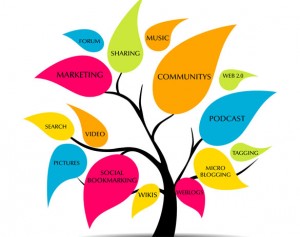Lead Liaison Combines Marketing Automation With Content Creation
Allen, TX (PRWEB) October 22, 2013 – Lead Liaison broke new ground last week when it became the first marketing automation SaaS company to provide Web content creation within an automated marketing platform. The new feature provides access to over 2,000 content developers, allowing marketers to request content then seamlessly deploy that content through the automated marketing platform.
Recent studies have found that, while 91% of B2B marketers are deploying content marketing, 93% create content from scratch. Lead Liaison developed the integration of content and marketing automation to alleviate marketers of having to create content in-house.
Content is ordered through a portal that offers blog posts, newsletters, social posts, white papers, press releases, video scripts, articles, and landing pages. Users can manage current content requests with an expandable view of relevant information about each content type. The interactive system allows users to post comments and revision requests before final acceptance of the content.
The company’s flagship Lead Management Automation™ (LMA) application has expanded over the past 12 months to offer landing page creation, traceable URLs, social posting, and now content development. VP of Corporate Communications Alex Brown explained the company’s commitment to the evolution of its products during a recent conference call with investors.
When requesting content through the system users can designate specific topics, industries, keywords, and references that should be included in each piece. In addition to content requests, LMA users can provide content feedback along and select content authors for future assignments. Users can track progress of content requests using multiple filters as well.
To learn more about this first-to-market innovation, request a 10-minute demonstration of Lead Liaison’s Content Creation solution.
****
Lead Liaison is a software company that provides cloud-based marketing and sales automation solutions. The company markets to small and medium-sized businesses worldwide, and focuses on creating the broadest and most user-friendly revenue generation software platform. It’s innovative and robust software combines lead capture, real-time lead tracking, lead qualification, lead distribution, database segmentation, lead nurturing, content creation, social media engagement and ROI reporting into a single platform.
For More Information:
Alex Brown
VP, Corporate Communications
abrown(at)leadliaison(dot)com
888.895.3237 (888 89 LEADS)












